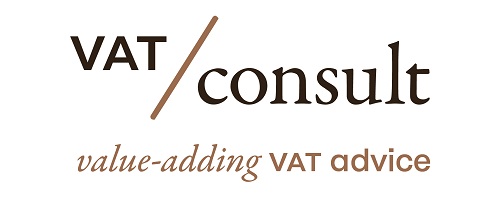- ECJ Case C-587/10 involves a dispute over VAT exemption for stone-crushing machines supplied in 1998
- Parties involved include the German branch of VSTR, German tax authorities, a US company, and a Finnish company
- The main issue was the German Tax Authorities refusal to exempt the supply due to a missing VAT identification number
- VSTR sold machines to US based Atlantic which then sold them to a Finnish company
- Machines were transported from Germany to Finland
- German Tax Authority denied VAT exemption because Atlantic’s VAT number was not provided by VSTR
- VSTR appealed the decision but the Saxony Finance Court supported the Tax Authority
- The case escalated to the Federal Finance Court which identified two successive supplies in the transaction
- The court noted that the supply could be VAT-exempt if the Finnish company’s acquisition is taxable
- The VAT exemption depends on the destination principle allowing the destination country to tax the goods
- The Federal Finance Court found that VAT exemption could be denied if the supplier fails to provide the buyer’s VAT identification number
- The court also examined whether EU rules permit member states to impose such requirements when the buyer is from a non-EU country
- The Federal Finance Court paused proceedings before making a final decision
Source: vatabout.com
Note that this post was (partially) written with the help of AI. It is always useful to review the original source material, and where needed to obtain (local) advice from a specialist.
Latest Posts in "European Union"
- EU Council Approves Customs Duty Cuts on Ukrainian Agri-Food Products
- EC Report: Three EU Countries Account for 75% of VAT Rate Deviations
- EU Report Reveals Major Disparities in VAT Rate Exception Applications
- Roadtrip through ECJ Cases – Focus on Place of Supply of Intra-Community Acquisitions – ”Triangulation” (Art. 42)
- Briefing document & Podcast: C-536/08 (X) and C-539/08 (Facet Trading) – No deduction on Intra-EU acquisitions taxed at the MS of identification of the purchaser, instead of the destination














